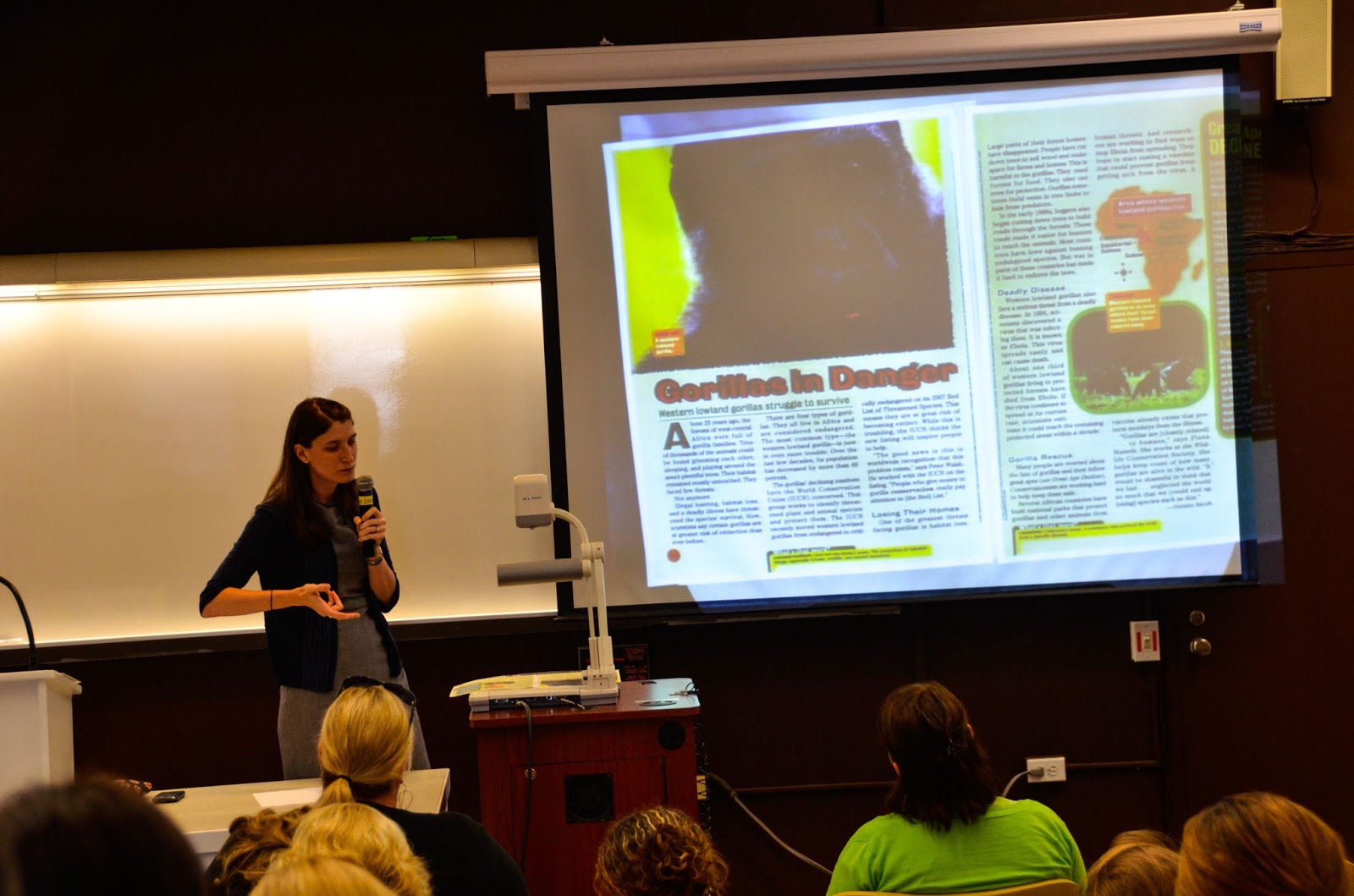A Song a Day...
A Song a Day...Keeps Non-Fluency Away!
Ok, I'm pretty sure that's not a word...but I couldn't resist. The idea of singing a song a day to build reading fluency came from Tim Rasinski and this article from TIME. It seems like a simple thing to do...how could it really make a difference?
The article explains in detail the physical reactions you have from singing, but basically, it creates endorphins which decrease stress and increase happiness! You don't have to be a good "singer", you just have to join in and sing and it builds a closeness or sense of community with your group as well.
Now transfer these ideas to the classroom setting, by singing one song daily with your class (less than 3 minutes of your day) you are building classroom community, decreasing stress and creating an atmosphere of joyous learning which we know has the most transference....now let's add in the part that attacks fluency:
Now transfer these ideas to the classroom setting, by singing one song daily with your class (less than 3 minutes of your day) you are building classroom community, decreasing stress and creating an atmosphere of joyous learning which we know has the most transference....now let's add in the part that attacks fluency:
EYES to TEXT
Put the lyrics in front of your students and ask them to keep their eyes on the text the whole time they are singing. Do a new song each week, or every other week and when they kids are fluently singing that song (able to mimic the intonation and speed of the lyrics) without struggling, it's time to move on to a new song. Even after moving on to a new song you can have a "request" day to revisit an old one they sang before.
Tim Rasinski says if you do this with fidelity, your students' fluency will improve! So I challenged my teachers, try this with your kids...if you do nothing else every single day...sing one song with eyes to text and let's see what happens.
And so it began....
I suggested they might try some pop songs the students may have heard but don't know the lyrics (you have to be careful to pick an appropriate song for the age), because I thought they might hear it outside the school day and be singing along. Also, some older songs that the teacher may know that are fun but the students hadn't heard. You don't need to buy all this music. Most songs can be found on YouTube, just play it hooked up to speakers and they can hear it and sing along!
My favorite thing about this activity is that EVERYONE can be successful. Even students that are below level will learn the repetitions in the song and feel some immediate success and some of the higher readers that can have the worst intonation while reading, this forces them to slow down and feel the words.
My favorite thing about this activity is that EVERYONE can be successful. Even students that are below level will learn the repetitions in the song and feel some immediate success and some of the higher readers that can have the worst intonation while reading, this forces them to slow down and feel the words.
The first response I got from teachers is: MY KIDS LOVE THIS! They said the kids were excited about starting their day with a song, unmotivated kids were finally excited about something and the teachers were loving the fun time together. Wow! All that from a few minutes of the day? I can't wait to see the results we reap from this fun strategy!
If you are a visual learner like me, you might need to "see" what this looks like for different ideas of rituals to use but you mainly have to make sure that they always have EYES to TEXT:















.JPG)














































5 comments:
Post a Comment